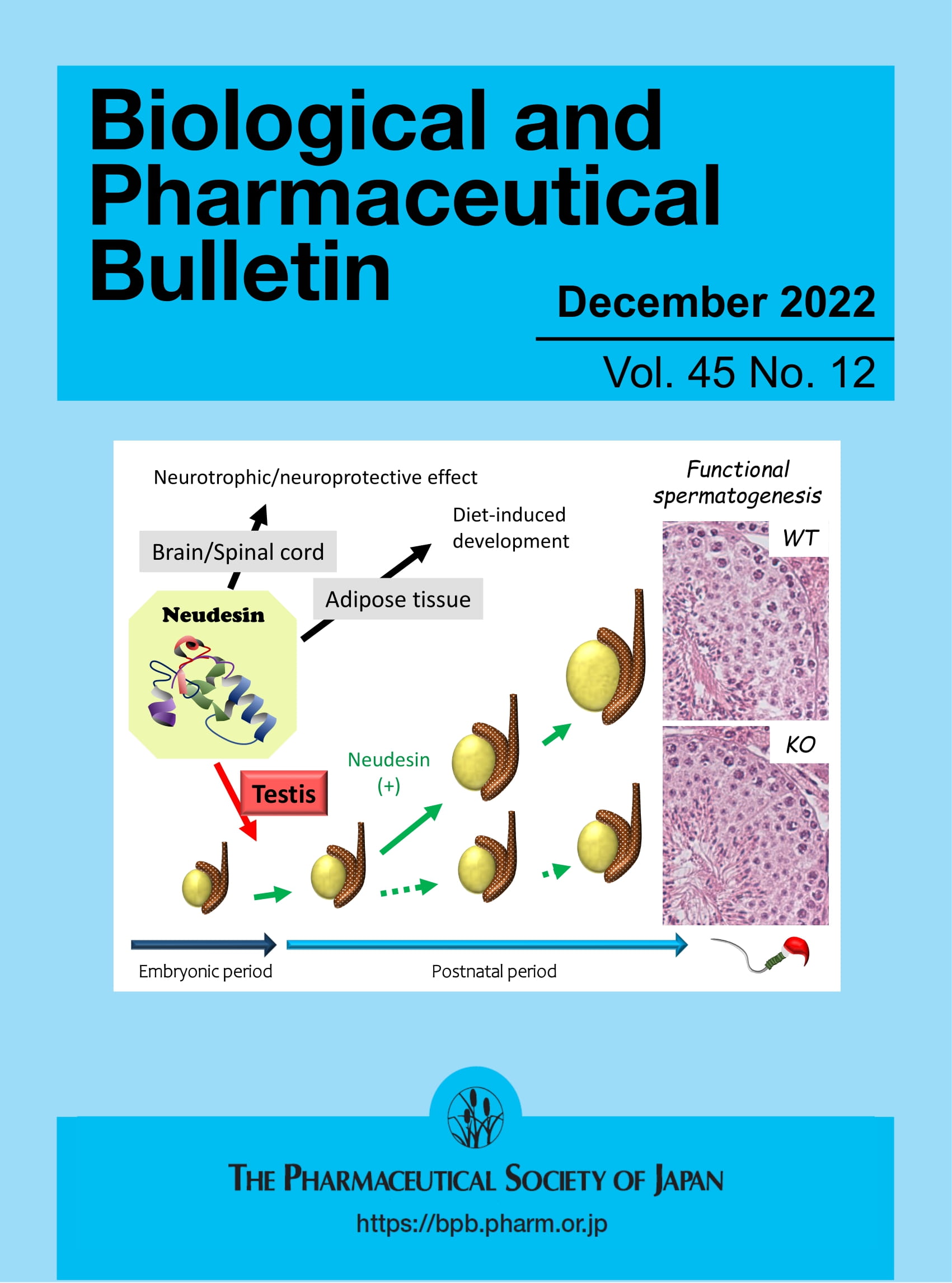Determination of Mineral Element Concentrations in Plasma Samples and Their Correlation to HIV/AIDS
Abstract
Rationale
The main purpose of this study was to contribute to the development of new strategies for prevention and management, ultimately improving the diagnosis, treatment, and overall well-being of affected individuals and communities.
Methods
Plasma samples were collected from 120 HIV-positive individuals and 120 healthy controls. The concentrations of the elements were determined by ICP-MS and ICP-OES. Statistical analysis was performed with the Kolmogorov–Smirnov normality test, the Mann–Whitney U test and the Spearman's rank correlation test.
Results
The study found that HIV/AIDS patients had lower concentrations of Na, Mg, Ca, Fe, Zn, Se, Rb, and Sr compared to the healthy group (p = 0.000 < 0.05). The concentration of I was also lower in HIV/AIDS patients (p = 0.025 < 0.05). However, there was no significant difference in Cu concentrations between the two groups (p = 0.810 > 0.05). HIV/AIDS patients had higher concentrations of Ba (p = 0.000 < 0.05). Significant positive correlations were observed between several element pairs in HIV/AIDS patients, including Na-Ca, Na-Se, Mg-Ca, Mg-Zn, Mg-Sr, Ca-Zn, Ca-Se, Ca-Sr, Fe-Rb, and Sr-Ba at level 0.01, and Na-Zn, Mg-Rb, Mg-Ba, Ca-Ba, and Fe-I at level 0.05. Negative correlations were found between Na-I, Ca-I, Fe-Cu, and Cu-Rb concentrations in HIV/AIDS patients.
Conclusions
In summary, by identifying and addressing imbalances or deficiencies in mineral elements, healthcare providers can optimize patient care and support better health outcomes. This research may lead to the development of interventions targeting mineral imbalances and optimizing immune function in individuals with HIV/AIDS.



 求助内容:
求助内容: 应助结果提醒方式:
应助结果提醒方式:


